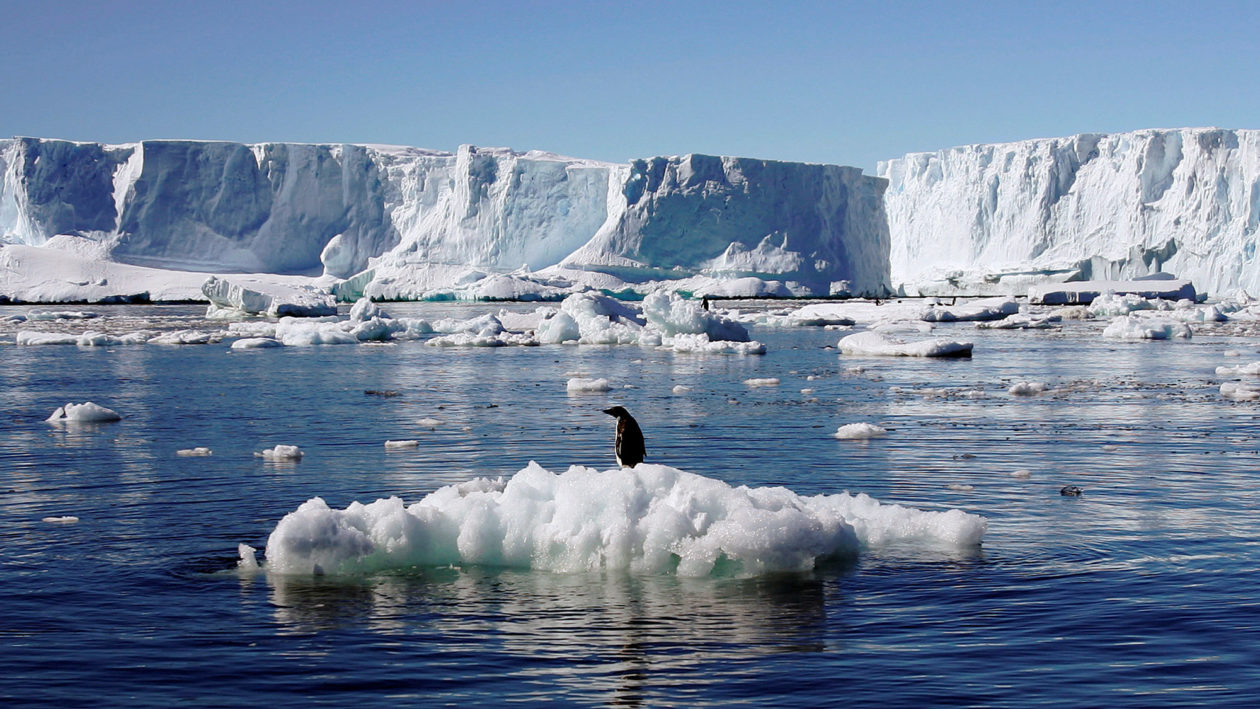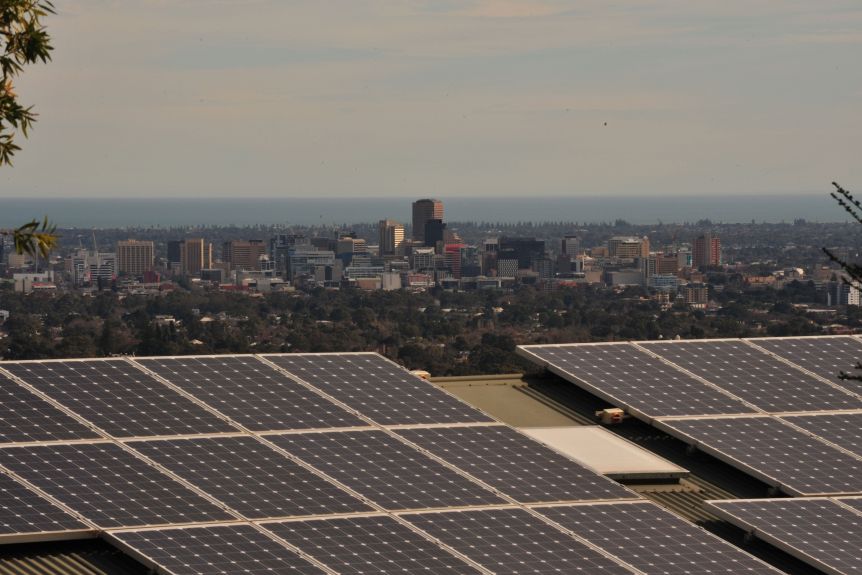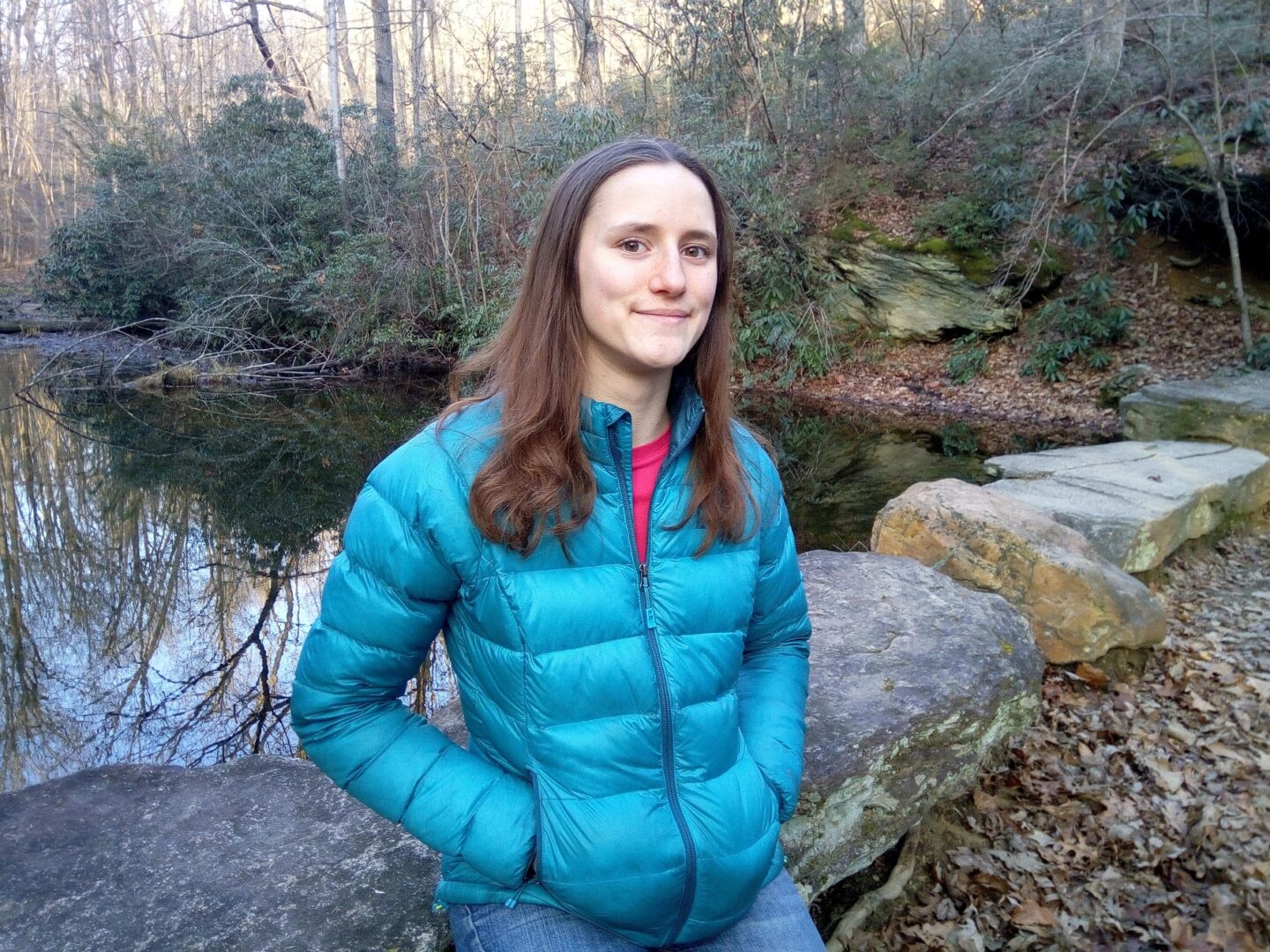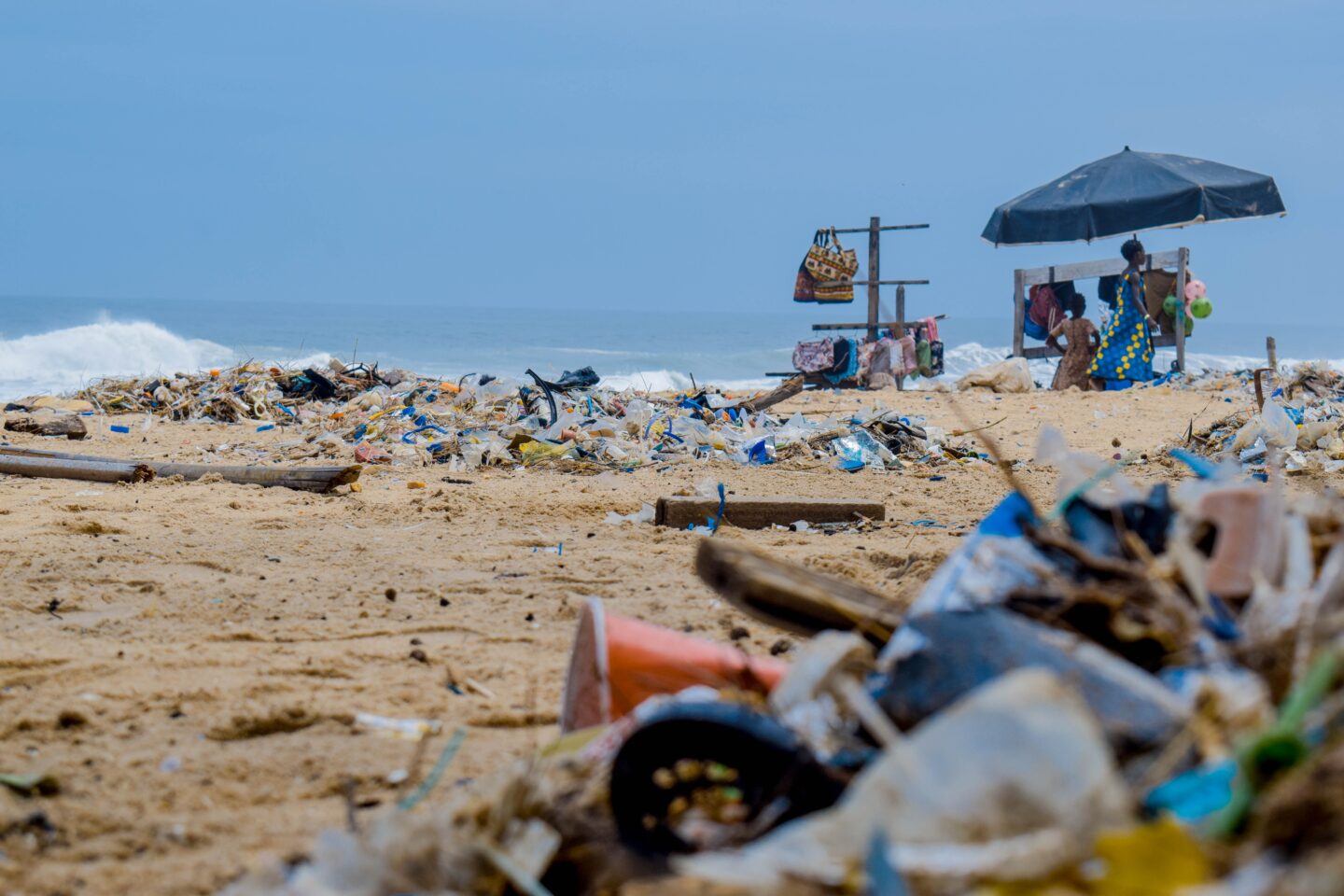Author: Christian Hernandez ’22
Whenever people ask where I am from, I respond, “near Houston, Texas”. The responses that ensue generally mention something they’ve heard about the state or a stereotype related to cowboy hats, dry western range, or chili containing no beans. Only the last item on that list is true for my home city of Manvel: it’s wet and many people there (including myself) prefer ball caps.
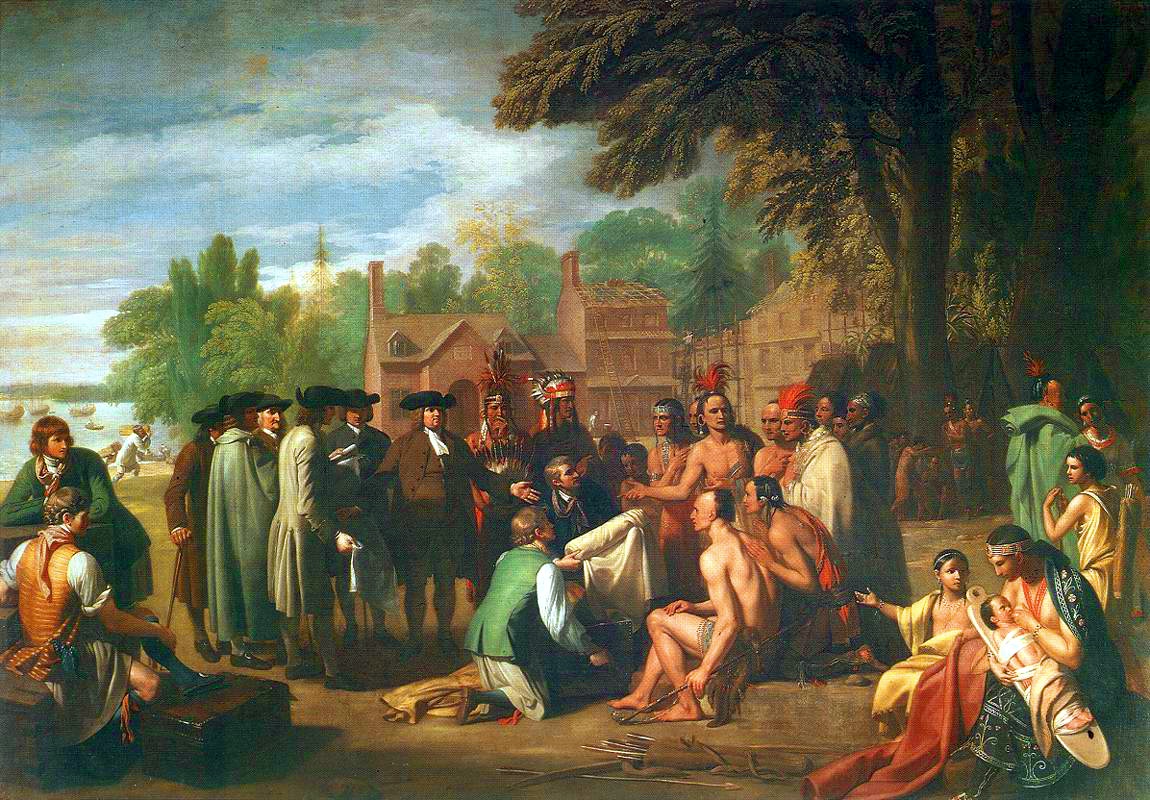
Likewise, many people, even students at Princeton, often apply uninformed, stereotypes to Amerindian tribes and their histories. With the exception of the information provided by Natives at Princeton, our knowledge of the tribes that originally lived in our region is simplified and secularized. For example, a recent MOL 350 syllabus briefly noted that Lenni Lenape people once owned university land, but it did not provide the contact info for the Nanticoke Lenni-Lenape communities still in New Jersey today! If you ask when the Lenni-Lenape ancestors arrived in New Jersey, most would guess 10,000 years ago. However, the Lenni-Lenape didn’t enter Princeton until around the High Middle Ages!1 Two years ago, I wouldn’t have known that there is a disputed yet fascinating literary record of Lenni-Lenape migration from Siberia (the Walam Olam). How many of us know that American football’s first professional team2 was named after 7-10 ft giants called the Allegewi (Allegheny) that were enemies of the Lenni-Lenape people?3
If you want to help mitigate the general ignorance on this subject, I invite you to join me in connecting with some of the oldest Americans (the Lenape say the giants were another). The Here and Then initiative focuses on connecting students with the past and present reality of Amerindians. In terms of involvement, students read oral histories, learn about places and people, uncover local-familial Amerindian ties, and seek out Amerindians with us today. My ultimate aim is for each student to incorporate Amerindian ideas and culture into their daily lives. For me, this has included familiarizing myself with Ojibwe uses for plants, interpreting Hopi rock art, or creating a Cherokee timeline involving my Cherokee ancestors’ migrations from Mayan Mexico (granted my distant grandfather Solomon Lynch is the only such relative).
Please contact me at cah11@princeton.edu or visit my website at www.restorationecoculture.com if you’d like to get involved or learn more. It is very free-style and readily adaptable to a Princeton schedule: it’s what I do instead of Netflix. I hope to continually provide posts on specific tribes or time periods here on the Tigers Go Green Blog as well. I’d be glad to welcome you into uncovering the hidden history of Amerindian America.

Christian Hernandez ’22 is a member of the USG Sustainability Committee
References
- Nanticoke Lenni-Lenape. (2007). Our Tribal History. Retrieved November 14, 2020, from https://nanticoke-lenape.info/history.htm
- P. (n.d.). Birth of Pro Football. Retrieved November 14, 2020, from https://www.profootballhof.com/football-history/birth-of-pro-football/
- EsoterX. (2015, July 24). The Lenape-Allegewi War: A Native American Titanomachy. Retrieved November 14, 2020, from https://esoterx.com/2015/07/19/the-lenape-allegewi-war-a-native-american-titanomachy/
- West, Benjamin. Penn’s Treaty with the Indianslabel QS:Len,”Penn’s Treaty with the Indians”. from until 1772 date QS:P571,+1771- -00T00:00:00Z/8,P580,+1771-00-00T00:00:00Z/9,P582,+1772-00-00T00:00:00Z/9 1771. State Museum of Pennsylvania, Wikimedia Commons, https://commons.wikimedia.org/wiki/File:Treaty_of_Penn_with_Indians_by_Benjamin_West.jpg.


